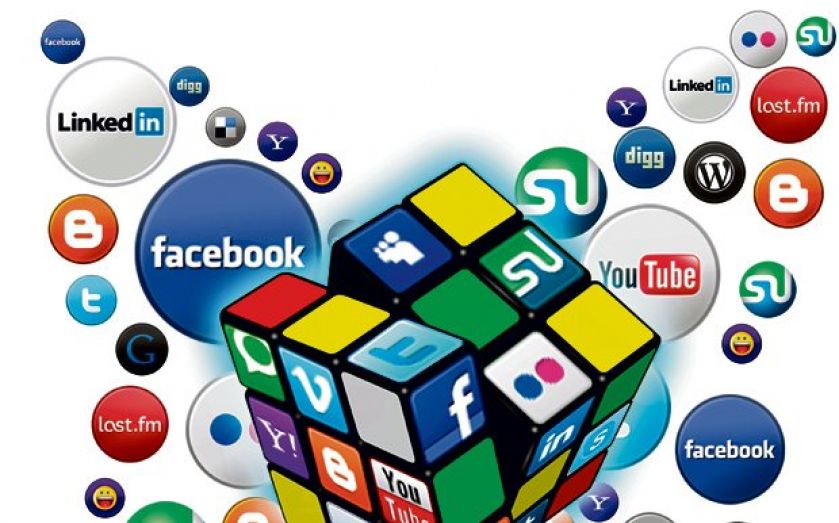| Updated:
Is email dying? Some firms are betting on social

But the trusty inbox isn’t set to disappear in the near future.
It's so ubiquitous that it sounds strange to ask whether email might be on its last legs. But if Ofcom’s latest report (released yesterday) is anything to go by, it’s a question worth considering. The regulator found that young people are turning their backs on the good old fashioned inbox in favour of social communication channels like WhatsApp and Snapchat. Just 8 per cent of 12 to 15 year-olds said they use email.
University of Exeter vice chancellor Steve Smith, meanwhile, recently said that “there is no point in emailing students any more. They get in touch with us by social media, especially Twitter.”
Social media-obsessed youths are hardly akin to the masses of spamswamped workers (who, according to McKinsey, still spend around a third of their time managing email). Indeed, most of these young adults won’t have had a job yet. But even in the corporate world, some are looking to consign email to the junk folder of history.
Atos, an IT services giant employing over 76,000 worldwide, embarked on a plan in 2011 to eventually rid itself of internal email, with chief executive (and former French finance minister) Thierry Breton describing it as corporate “pollution”. So is the inbox on the way out?
It’s easy to forget that email was heavily used for non-work communications in the not-too-distant past (remember family newsletters landing in your first AOL account?) And just as the medium has been displaced by the likes of Facebook in the personal realm, new technologies are threatening to do the same within companies. Atos, for one, is betting on the superiority of what it calls “collaboration and social media tools”.
Intra-firm instant messaging, for example, tends to be quicker and is absent of spam, while document sharing services like Google Docs increasingly allow annotations and realtime editing. A KPMG report, mean- while, recently found that 90 per cent of IT professionals think a chunk of email requests should be replaced by “service automation” – an algorithm sorting out expense claims, for example.
And even more radically, Facebook co-founder Dustin Moskovitz recently launched Asana, a software application incorporating project management and staff communication. He thinks businesses have long since reached “peak email”, and need to dredge up all the relevant information from employee’s inboxes and place it where everyone can see it.
AN INTEGRATED FUTURE
But email’s death knell is not ringing yet. Atos may be at the front of the curve, but others (Harmon.ie and Calinda Software were highlighted in a Gartner report last year) are taking a more careful approach, integrating existing email platforms into new project management and collaboration tools. Jeffrey Mann, who wrote the Gartner report, thinks firms will focus on identifying specific processes where email is a waste of time, rather than seeking to eliminate it altogether. It’s the path Google and Microsoft seem to be pursuing, with email forming an integrated part of their new cloud enterprise packages.
If it’s not dying, email’s future looks set to be far more marginal than its past. But the teenagers in Ofcom’s study will still likely get to experience the joy of wading through streams of spam messages first thing on a Monday morning.
Verbal instant messaging
HeyTell
Free
Free
Of all the available alternatives to emails (Skype, forums, instant messaging apps), voice messaging has probably received the least attention. Developer Voxilate thinks this is going to change. HeyTell allows you to leave voice messages on the phones of friends, family and colleagues for free. It’s more convenient than typing something if you’re on the move, and the most important messages can be saved and exported to Facebook, Twitter, email and other places.